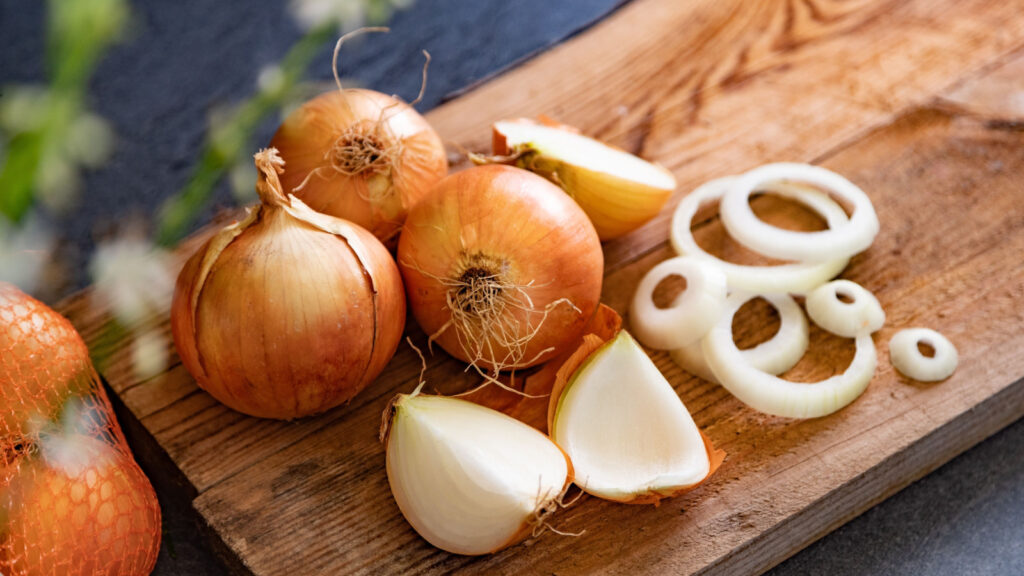Grocery budgets across Canada continue to feel the pressure of rising food prices, unpredictable supply chains, and seasonal demand. As winter sets in, price-watching becomes more important for households looking to stretch every dollar while still maintaining quality and nutrition. Canadians are turning toward staple items that offer value, versatility, and stability despite market volatility. Herea are 17 groceries, price-watching Canadians swear by this winter.
Potatoes
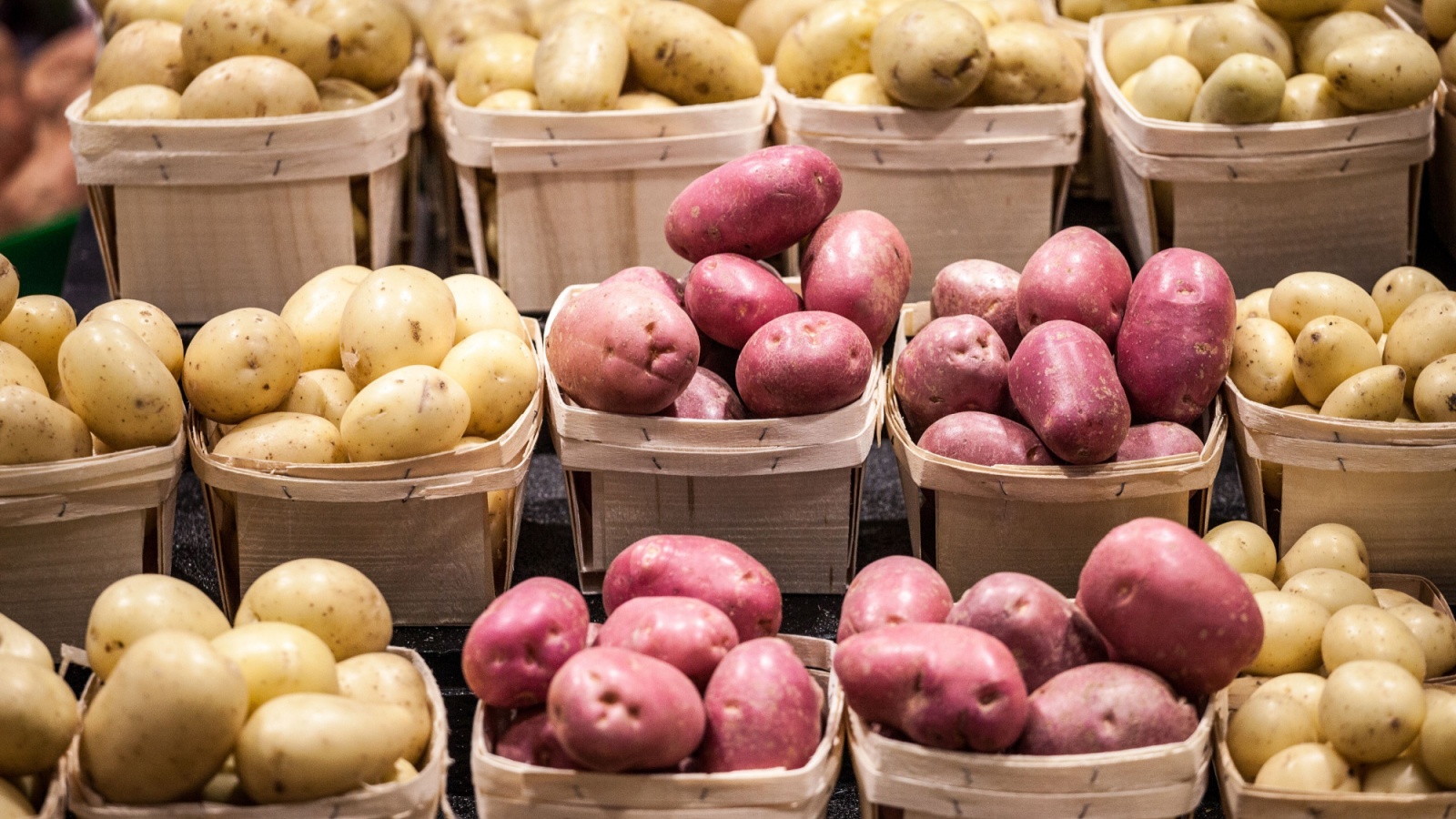
Potatoes remain one of the most consistently affordable and reliable groceries Canadians turn to during winter. Their long shelf life makes them ideal for households managing tight budgets, especially as fresh produce prices rise. Potatoes adapt easily to soups, stews, roasts, casseroles, and simple weekday meals, offering excellent nutritional value at a low cost. Bulk bags frequently go on sale, and regional varieties maintain stable pricing even when other vegetables fluctuate. Because potatoes store well in cool, dry spaces, families can purchase them less often without worrying about spoilage. Their unique combination of durability, price stability, and versatility explains why they continue to stand out as a top winter staple across the country year after year.
Carrots

Carrots are reliably inexpensive throughout the winter, making them one of the most purchased vegetables among price-conscious Canadians. They maintain structure and freshness far longer than many other produce items, reducing household waste. Carrots work seamlessly in roasted dishes, slow-cooker meals, soups, stir-fries, and cold-weather comfort recipes. Families appreciate that carrots rarely experience dramatic price spikes, even when transportation disruptions affect other items. Their natural sweetness enhances winter cooking, and large bags offer exceptional value per serving. Because carrots remain widely available across all provinces and territories, they allow Canadians to maintain nutritional balance during months when produce selection narrows.
Onions

Onions are a foundational grocery item that Canadians buy consistently through winter because they reliably enhance flavour while remaining cost-effective. Their shelf life extends for weeks when stored properly, making them a smart choice for households seeking long-lasting ingredients. Onions act as the base for countless winter meals such as soups, sauces, stews, curries, and casseroles, meaning a small purchase stretches across many dishes. Prices generally remain stable throughout the colder months, and bulk bags offer even better savings. Their widespread availability across all grocery chains ensures Canadians can count on them regardless of regional fluctuations.
Canned Tomatoes

Canned tomatoes provide exceptional value when fresh tomatoes become significantly more expensive during winter. Canadians rely on them for sauces, chili, stews, curries, pasta dishes, and slow-cooker recipes because they retain flavour and consistency year-round. Store-brand cans offer some of the most stable prices in the entire grocery aisle, making them a favourite for budget-conscious shoppers. Canned tomatoes also reduce meal-prep time and eliminate the waste associated with perishable produce. Their long shelf life allows families to stock up during sales without concerns about spoilage. Whether diced, crushed, whole, or pureed, canned tomatoes remain a versatile and cost-efficient pantry staple throughout the winter season.
Dried Pasta
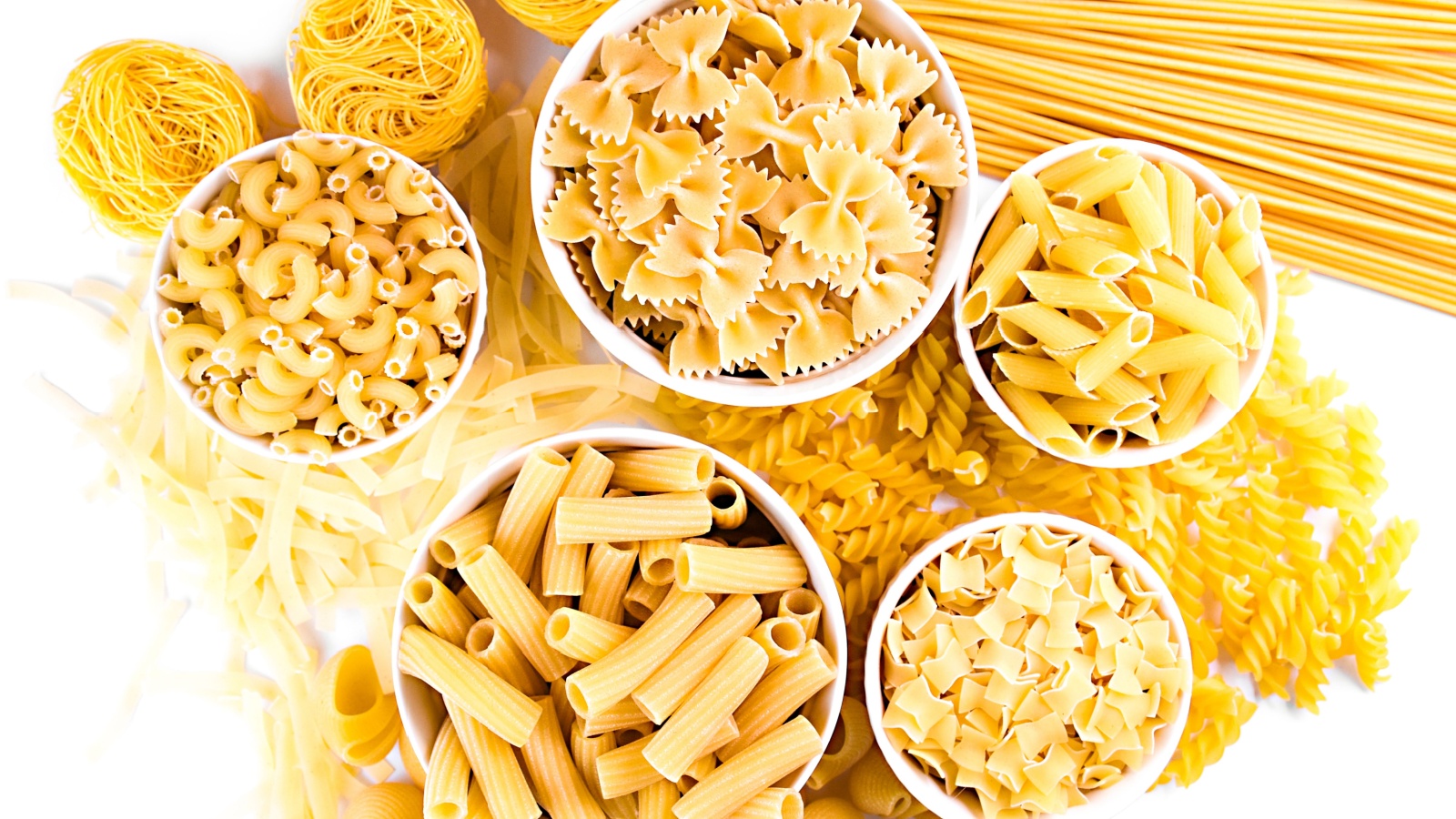
Dried pasta remains one of the most budget-friendly staples Canadians purchase during winter due to its long shelf life, consistent pricing, and compatibility with low-cost ingredients. Price-watchers appreciate that pasta rarely experiences seasonal spikes and frequently appears in flyer promotions. Pasta pairs easily with canned tomatoes, frozen vegetables, inexpensive proteins, and pantry seasonings, allowing families to create filling meals at minimal cost. From quick weekday dinners to large batch-cooked dishes, dried pasta offers flexibility and affordability without sacrificing convenience. Its availability in numerous shapes and store-brand options provides even more ways to save. As grocery budgets tighten in winter, pasta continues to deliver dependable value, making it a top choice for households nationwide.
Rice
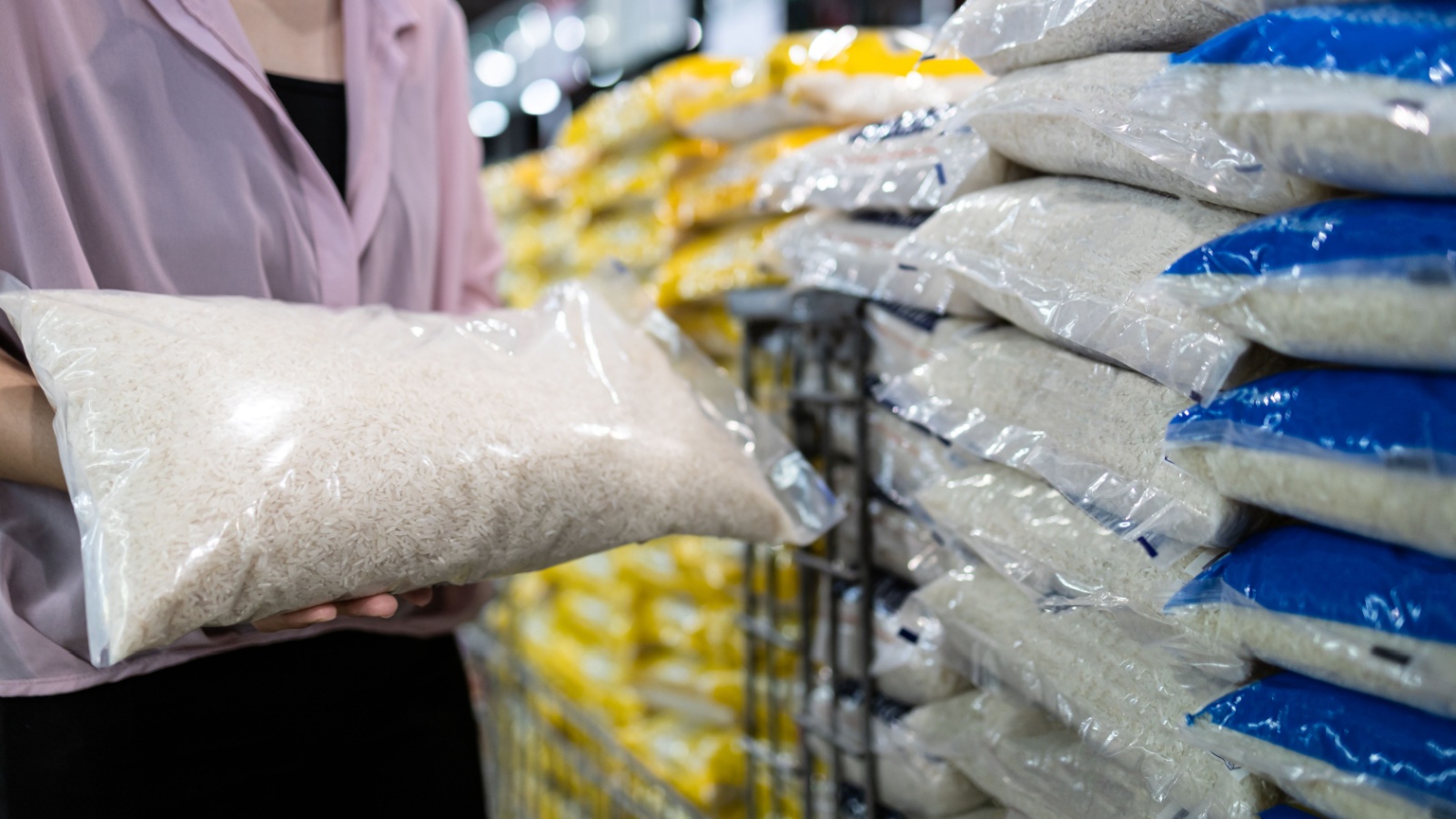
Rice is a foundational winter staple for many Canadian households because of its exceptional value per serving and long-term storability. Bulk bags of rice deliver some of the best cost savings in the grain category, and the product remains shelf-stable for extended periods. Price-watching Canadians rely on rice as an economical base for stir-fries, curries, soups, casseroles, and meal-prep portions. Unlike fresh produce or meat, rice rarely sees substantial seasonal price changes, allowing families to plan budgets more confidently. Its versatility across cultural cuisines also makes it a popular choice for diverse households across the country.
Frozen Vegetables
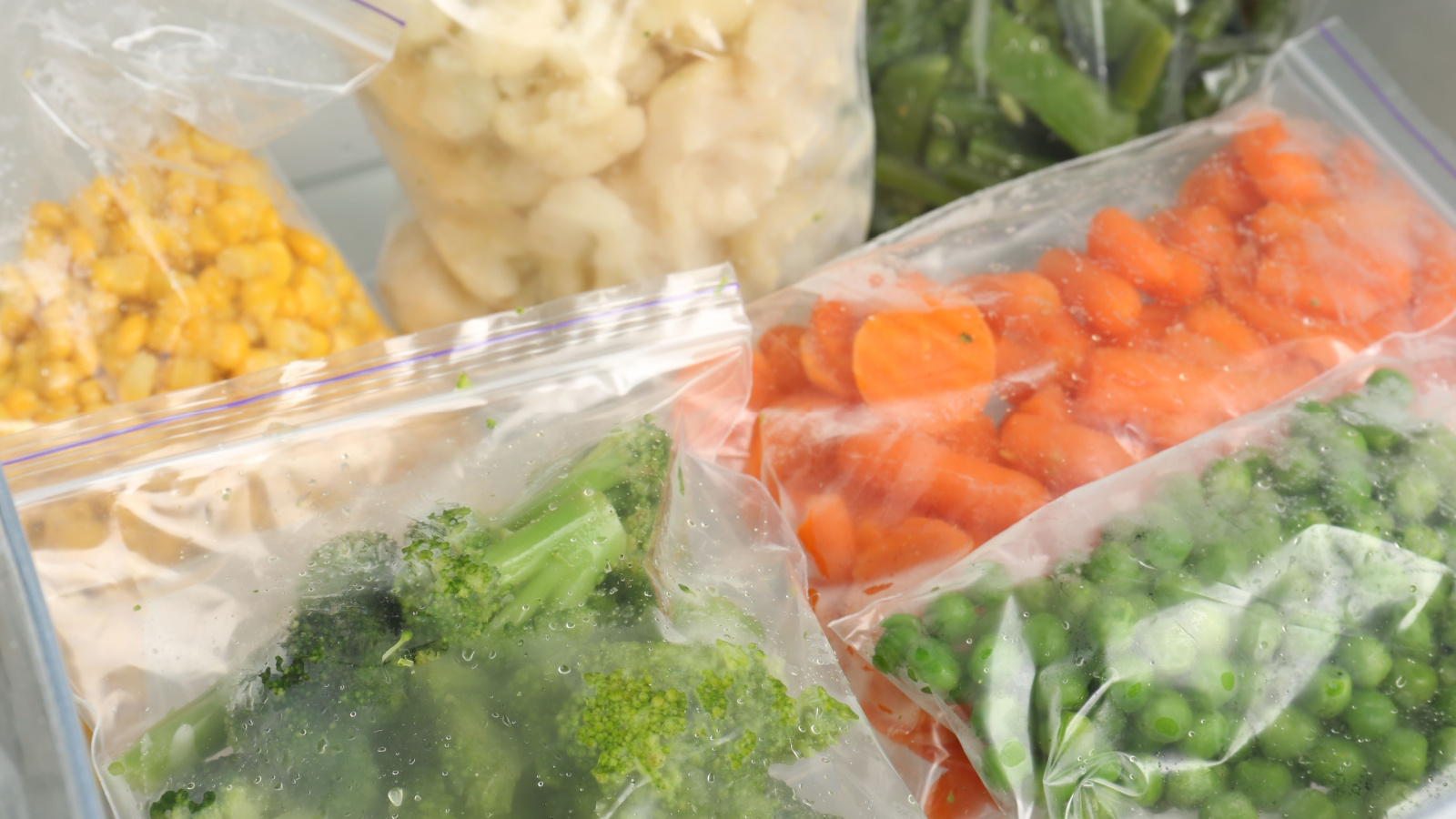
Frozen vegetables are essential for Canadians seeking nutritional stability during winter when fresh produce prices often climb. Because frozen peas, broccoli, cauliflower, spinach, and mixed blends are harvested and frozen at peak ripeness, they maintain quality without the cost increases seen in fresh imports. Price-watchers appreciate that frozen vegetables frequently go on sale, allowing for bulk purchases without concerns about spoilage. They integrate seamlessly into stir-fries, soups, pasta dishes, skillet meals, and slow-cooker recipes, making weeknight cooking easier and more economical. Frozen vegetables also reduce waste, helping families stretch tight grocery budgets.
Lentils

Lentils have become a top-value ingredient for Canadians monitoring grocery costs because they deliver exceptional nutrition at a highly affordable price. A single bag can be used for soups, curries, salads, stews, and hearty winter meals that stretch across several servings. Lentils cook quickly, eliminating the long soaking times associated with other legumes, and they store well for extended periods. Their high protein and fibre content make them an economical substitute for more expensive meats, particularly during months when protein prices rise. Widely available in both packaged and bulk formats, lentils offer consistent affordability across regions.
Canned Tuna

Canned tuna is a dependable protein source that Canadians consistently purchase during winter due to its long shelf life, stable pricing, and versatility. It works well in sandwiches, pasta dishes, casseroles, salads, and quick lunch recipes, making it an essential pantry staple for households watching grocery costs. Compared to fresh meats or seafood, canned tuna offers excellent value per serving and remains widely available in both brand-name and lower-cost store-brand options. Price-conscious Canadians appreciate that tuna frequently goes on sale, allowing them to stock up without worrying about spoilage.
Oats

Oats remain one of the most economical breakfast staples Canadians rely on during the winter season. They provide high nutritional value, store well for long periods, and come in multiple affordable varieties such as rolled, quick, and steel-cut. Price-watching households appreciate that oats rarely experience major price swings, making them a steady purchase even as other grains fluctuate. Oats serve as the base for warm breakfasts, baking recipes, snack bars, and smoothies, offering significant versatility at a low cost. Bulk sizes provide even greater savings, and store-brand options make it easy for families to maintain healthy eating habits on a budget.
Eggs

Eggs continue to be one of the best-value protein sources available to Canadian households during winter. Even when prices rise slightly, eggs still offer an excellent cost-per-serving ratio compared to meat, poultry, or fish. Their versatility makes them ideal for breakfast dishes, baking, quick dinners, and protein add-ons in salads or grain bowls. Eggs are widely available across all regions, and weekly promotions help price-conscious Canadians manage costs effectively. Because eggs cook quickly and pair easily with low-cost ingredients such as vegetables or bread, they remain a dependable option for fast, economical meals.
Peanut Butter

Peanut butter offers excellent value during winter months, providing a cost-effective combination of protein, healthy fats, and long-lasting storage. Canadians appreciate that peanut butter remains relatively stable in price compared to other spreads or snack foods. It works well on toast, in smoothies, with fruit, in baking, and as a base for sauces, making it a highly versatile grocery item. Families can easily stretch a jar across numerous meals and snacks without worrying about spoilage. Store-brand versions further enhance affordability for budget-focused households.
Whole Chickens

Whole chickens provide exceptional value for Canadians who carefully monitor grocery expenses. The price per pound is typically lower than individual cuts, allowing families to stretch a single purchase across multiple meals. A roasted chicken can provide meat for dinners, sandwiches, and salads, while the carcass serves as the base for homemade broth—maximizing value and reducing waste. Whole chickens frequently appear in weekly grocery flyers at competitive prices, making them a strategic buy during winter when protein costs often rise.
Bread Flour

Bread flour has become an increasingly popular winter purchase among Canadians who bake at home to save money on store-bought baked goods. Rising prices for bread, buns, and pastries have encouraged many households to turn to home baking as a cost-control strategy. Bread flour offers excellent value, especially when purchased in bulk, and can be used to produce high-quality loaves, rolls, pizza dough, and pastries. It stores well in airtight containers and remains shelf-stable for extended periods. Because baking allows families to control ingredients and reduce waste, bread flour continues to be a cost-effective essential for households looking to stretch their budgets through colder months.
Apples

Apples remain an economical fresh fruit option during winter due to their excellent shelf life and stable pricing. Canadian-grown varieties such as McIntosh, Spartan, and Honeycrisp frequently remain affordable throughout colder months, even when imported fruits become significantly more expensive. Apples can be eaten raw, baked, stewed, or added to breakfast dishes, making them a flexible grocery staple. Because they store well in cool environments, families can buy them in larger quantities without worrying about rapid spoilage.
Frozen Fish Fillets

Frozen fish fillets offer a cost-stable alternative to fresh seafood during winter when weather and transportation issues often increase prices. Canadians who monitor grocery costs appreciate that frozen fillets remain consistently priced and readily available in cod, haddock, tilapia, and salmon varieties. Flash-freezing preserves quality and nutrition, allowing households to enjoy seafood without paying premium winter prices. Frozen fish can be portioned easily, reducing waste and supporting efficient meal planning. Because it cooks quickly and pairs well with pantry staples, frozen fish remains a dependable winter protein option for families seeking affordability without sacrificing variety or nutritional balance.
Cabbage
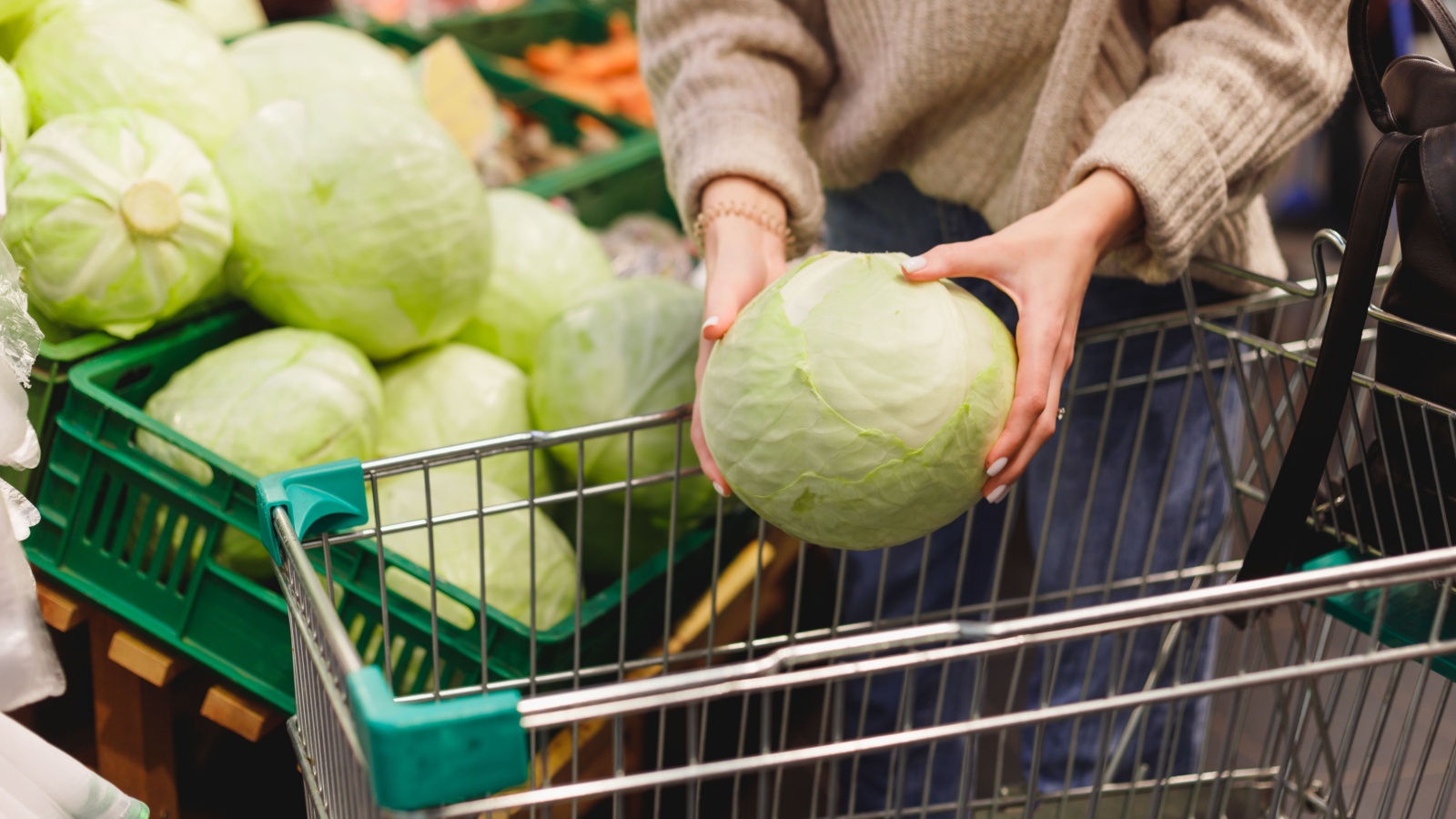
Cabbage is one of the most budget-friendly vegetables available during Canadian winters, prized for its long shelf life and resilience. While many leafy greens wilt quickly or spike in price due to imports, cabbage maintains steadier pricing across most regions. Canadians use it in soups, stir-fries, roasted dishes, slaws, and fermented foods like sauerkraut, making it widely versatile. A single head of cabbage stretches across multiple meals, offering exceptional value per serving. Because it stores well in refrigerators for weeks, households can rely on it without fear of waste.
21 Products Canadians Should Stockpile Before Tariffs Hit

If trade tensions escalate between Canada and the U.S., everyday essentials can suddenly disappear or skyrocket in price. Products like pantry basics and tech must-haves that depend on are deeply tied to cross-border supply chains and are likely to face various kinds of disruptions
21 Products Canadians Should Stockpile Before Tariffs Hit
